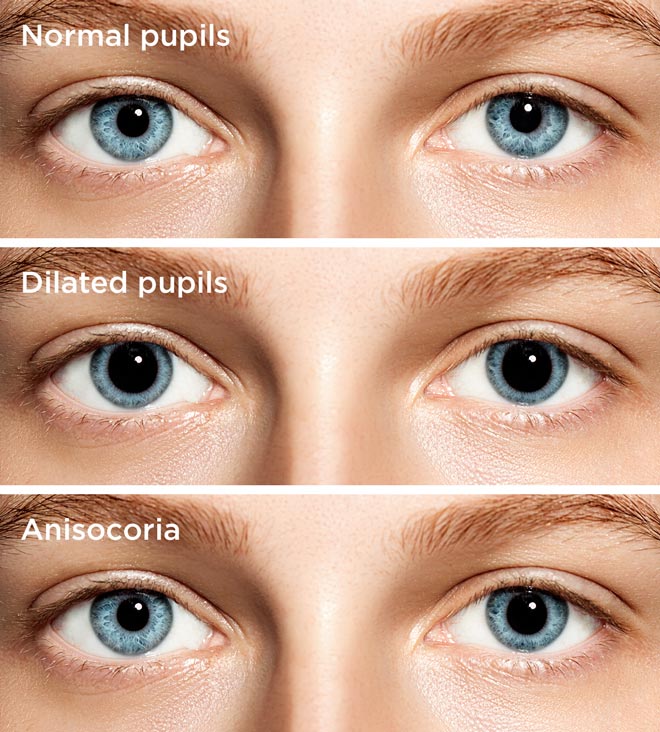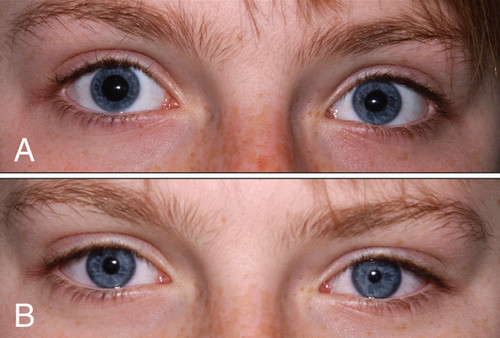
#Pupil peekit full#
Clearly, 10x is too low a power to use on a 4-inch telescope if you want to take advantage of its full light-gathering abilities. If your eye's pupil is only ¾ this size, you're only looking through ¾ of the telescope's aperture - it's acting as a 3-inch, not a 4-inch. For example, when a 4-inch (100-mm) telescope is used at 10x, its exit pupil is 10 mm across. Imagine your eye's greatly magnified iris covering a telescope's front end like a prop in a horror movie, diaphragming the instrument down to a smaller aperture. The problem is that if the exit pupil of a binocular or telescope is too large to fit into your eye, you lose some of the instrument's incoming light. But even among people the same age there's a good 3 mm of scatter, so that some 70-year-olds outdo some teenagers. After young adulthood there's a gradual downward trend with age - slowly at first, then more rapidly from about age 30 to 60, then slowly again in your later years. Some of us have night-owl pupils that enlarge to nearly 9 mm in the dark others don't make it to 4 mm. Divide its 50-mm aperture by its 7-power magnification and you get an exit pupil 7.1 mm across, just about right.īut it ain't necessarily so. This is the reasoning behind the popular 7x50 "night glass" binocular.

The ancient dogma on this topic, printed in countless books, says "The human pupil dilates to a maximum diameter of 7 millimeters." Therefore 7 mm is supposed to be the ideal maximum size for the exit pupil of binoculars or a telescope. Just how big it can get under a starry sky is the subject of much misunderstanding. In practice, however, the matter is not always as simple as it seems.įor one thing, your eye's pupil shrinks in bright light and expands in the dark.

This simple fact governs your choice of optical systems. The size of the exit pupil is crucial because it must fit into the pupil of your eye (I explain why below). The exit pupils are the little disks of light you see floating behind the eyepieces. Its size equals the aperture divided by the magnifying power. This disk is an image of the telescope's aperture. You can see it as a little disk of light floating in the air behind the eyepiece when the instrument is pointed at a bright surface, such as a wall or the daytime sky.

The exit pupil is a small circle just behind a telescope through which all emerging light rays pass. The entrance pupil refers to the aperture through which light enters an optical instrument such as a telescope.

It is also the key to some relatively unknown aspects of visual observing. Understanding pupils is important for skywatchers who want to know which telescope eyepieces or binoculars to buy. An astronomer looks at them and sees optical parts that need to be mated properly to any other optical instrument being employed, such as a telescope or pair of binoculars. The rest of us look into the pupils of the eye and see only impenetrable blackness - but look out through them, and there's the world in all its sadness and glory.
#Pupil peekit windows#
"These lovely lamps, these windows of the soul" - to 16th-century poet Guillaume de Salluste, the eyes revealed a person's inner being.


 0 kommentar(er)
0 kommentar(er)
